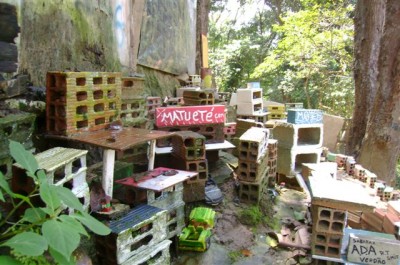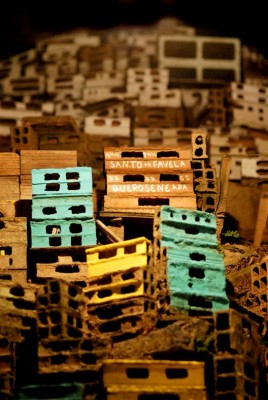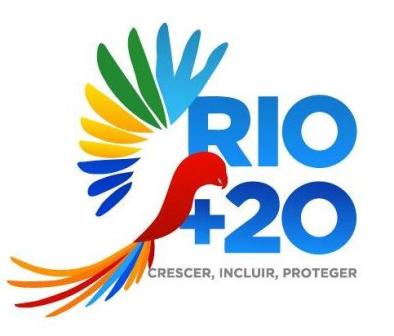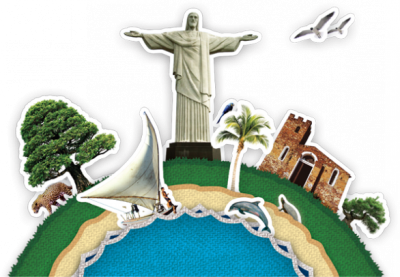So Rio +20 is over and most of the media says it was a failure. And if we look closely at the document named “The future we want” that came out of it, we can understand why they say so. But it was not a complete waste of time and money – the civil society movements showed that not everything is lost. What did fail was Rio´s capacity to hold a big event such as Rio +20.
About the general disappointment with the document produced by the conference – no big news. Everyone was already expecting that. To start, we knew that Angela Merkel, David Cameron and Obama weren´t coming. And we know that economic interests are much bigger than the environmental ones, no matter if the world is about to explode. No consistent goals were defined and the “The future we want” according to those people is to maintain the status quo.
On the other hand, we can´t ignore that outside of the conference rooms civil society was doing its part. Scientists discussed sustainable practices, activists protested on the streets… Of course they won´t change the world now, but at least it gives us a glimmer of hope – as more people are engaged with the cause, harder it will be to postpone effective measures.
What both governors and civil society would agree is that Rio was not exactly prepared to hold such a large international event. To begin with, prices were exorbitant and many delegations threatened not to come because of this. Of course there were no hotels and due to the heavy air traffic (private and commercial) many flights had to be cancelled and even us here at Matueté were affected by this chaos. There was also lots of traffic, internet issues… It all shows that we weren’t totally ready for it.
Now everyone is back home and apparently everything will remain the same. The “Future we want” will end up being a document full of good intentions and small actions, and as for our concerns around here about our capacity to host major events, let´s hope that Rio and all Brazilian cities can learn with the chaos that was the Rio +20 conference.
The Fifa World Cup in 2014 and the Olympic Games in 2016 are coming fast. For us the RIO +20 taught us invaluable lessons as to how we can help our travelers have amazing experiences in these major events.










